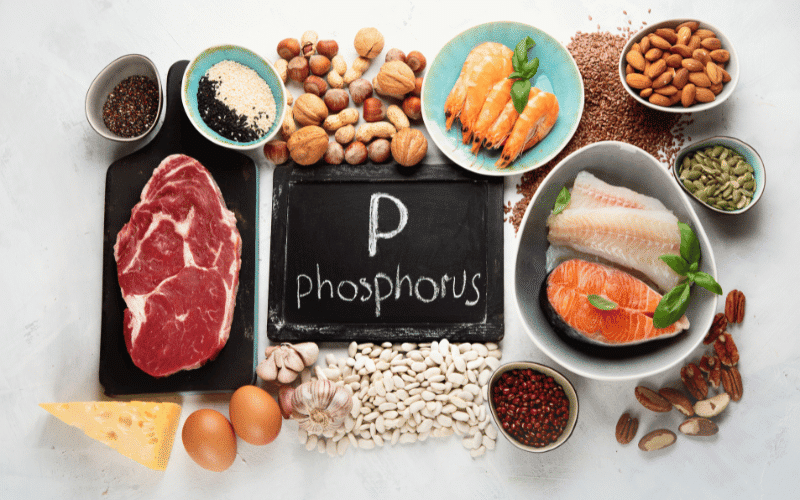3. Phosphorus Perils: Tackling the Hidden Danger

The third food group to monitor when following a renal diet is those high in phosphorus. Excessive phosphorus intake can lead to high levels in the blood, which may cause bone and heart problems. Common sources of dietary phosphorus include dairy products, nuts, seeds, and some whole grains.
To manage your phosphorus intake, choose low-phosphorus alternatives such as almond milk, rice milk, or non-dairy creamers. Be cautious with processed foods, as they often contain added phosphates as preservatives. Reading food labels and checking for phosphorus content can help you make informed choices.
Phosphorus binders are medications that help control phosphorus levels in the blood. Your healthcare provider may prescribe them if your phosphorus levels are consistently high. These medications should be taken as directed and in conjunction with a renal diet to maintain healthy phosphorus levels. (3)